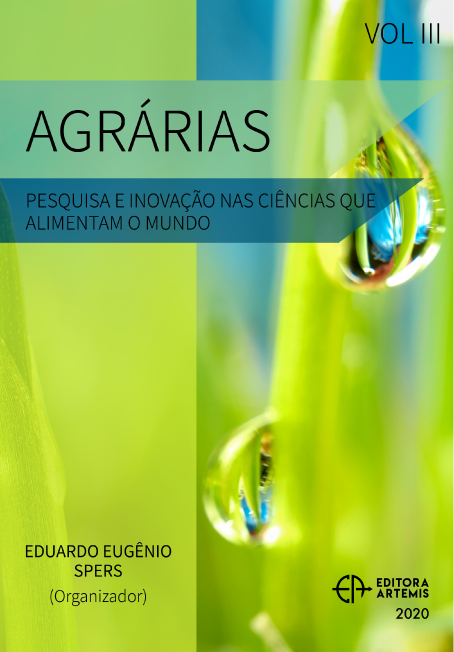
MAPEO DE LA DIVERSIDAD FENOTÍPICA DE Crataegus L. EN MÉXICO, CON BASE EN CARACTERÍSTICAS DE SEMILLAS Y ENDOCARPIOS
La diversidad agrícola es esencial para satisfacer las necesidades humanas, la producción y la seguridad alimentaria. Los mapas de esta diversidad permiten identificar sencilla y rápidamente las áreas de mayor variabilidad, convirtiéndose en una herramienta eficaz para tomar decisiones en materia de conservación. En México, los frutos de Crataegus spp. aún considerados como de recolección, representan un alto potencial para uso industrial y consumo en fresco. Existen aproximadamente 15 especies en las regiones templadas del país, pero por falta de trabajos taxonómicos y por su alta variabilidad, los estudios resultan complicados. Con el objetivo de realizar un análisis espacial de la variabilidad fenotípica este género, se realizó la caracterización morfológica de semillas y endocarpios. El tamaño y forma del endocarpio, cavidad seminal y semilla, y número de endocarpios por fruto, fueron las características que más contribuyeron para reconocer la variabilidad existente. La diversidad fenotípica de tejocote puede ser útil en la planeación de estrategias de conservación y en la identificación de germoplasma con características adaptativas sobresalientes.
MAPEO DE LA DIVERSIDAD FENOTÍPICA DE Crataegus L. EN MÉXICO, CON BASE EN CARACTERÍSTICAS DE SEMILLAS Y ENDOCARPIOS
-
DOI: 10.37572/EdArt_24830122015
-
Palavras-chave: diversidad morfológica, patrones espaciales, conservación, tejocote, mapas SIG
-
Keywords: morphological diversity, spatial patterns, conservation, tejocote, GIS mapping tool
-
Abstract:
The agricultural diversity is essential to meet the human needs and food security. Mapping this diversity allows the easy and quick identification of the areas of highest variability and becoming an effective tool for building conservation strategies. In Mexico, the fruits of the genus Crataegus spp. still considered as harvesting, represent a high potential for industrial use and fresh consumption. There are approximately 15 species in the temperate regions of the country, but due to the lack of taxonomic studies and their high variability, the studies are complicated. To perform a spatial analysis of the phenotypic variability of this genus, the morphological characterization of seeds and endocarps was carried out. The size and shape of the endocarp, seminal cavity and seed, and the number of endocarps per fruit, were the features that most contributed to recognize this variability. The phenotypic diversity of tejocote can be useful in the planning of conservation strategies and to identify of germplasm with highlight adaptive characteristics.
-
Número de páginas: 14
- Karina Sandibel Vera Sánchez
- Raúl Nieto-Ángel
- Alejandro F. Barrientos-Priego
- Alejando F. Barrientos-Priego
- Mauricio Parra-Quijano
- Juan Martínez Solís
- Fernando González Andrés

